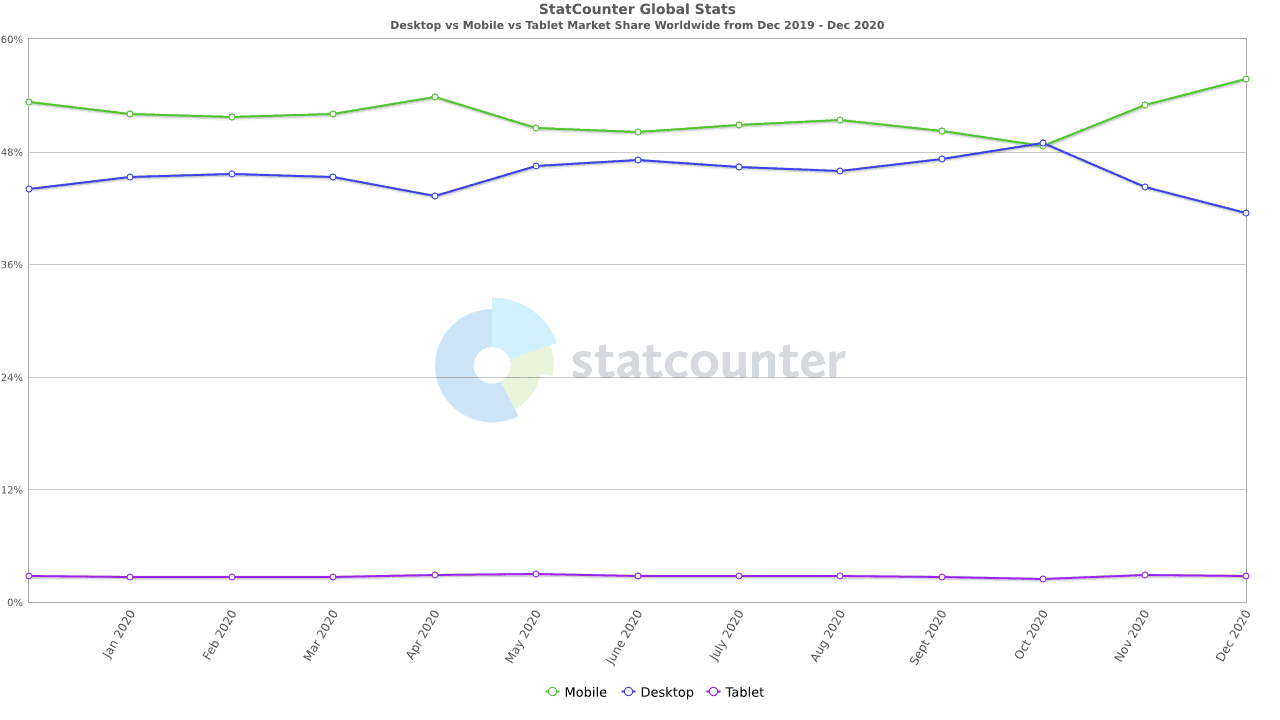Miscommunication within and between businesses has costs, both obvious and hidden.
Be it time wasted, opportunities missed, potential unrealized, or sales unmade. A report from Marlin Communications found that the annual monetary impact of miscommunication alone in large US enterprises was $62.4 million.
In pursuit of clarity and reducing inter-department miscommunication, many scaling SMEs in digital-friendly industries have pivoted their communication strategies. Now, technology-based workflow and communication solutions command a burgeoning market sector. It comes as no surprise with companies more comfortable with a necessary expense to avoid unnecessarily losing revenue.
“The problem with communication is the illusion that it has taken place.”
— George Bernard Shaw
Communication Technology: Luxury or Must Have?
Several factors have contributed to the widespread adoption of communication technology. As technology has advanced, so too implementation costs for companies have fallen. The market is awash with internet-connected devices and communication solutions at every level.
It has fast-tracked globalization, allowing colleagues on different continents and in different timezones to collaborate in real-time. At the time of writing, I’m currently working with teammates around the world via email, WhatsApp, Slack, Trello, Zoom, Teams, and Drive.
Moreover, due to the current pandemic many companies have reduced or foregone office floorspace in favour of digital workplaces. Below we look at some growing digital solutions that can help bridge the division between your business’ technology and communication.
#1. Digital Translation
As the internet becomes more widespread and affordable, global e-commerce how grown with its adoption. The industry has seen a spike in growth due to the current pandemic, and taking a relevant business idea global has never been more achievable. E-commerce across borders has seen a growing need for advanced translation platforms and content management systems. Communicating effectively with both a domestic and foreign audience is a real benefit for an international business.
A robust translation management system can take the pain out of translating regular product list updates, search terms, and social content. With Machine Translation handling some of the workloads, translation services have never been more affordable. Utilizing powerful and efficient tools like Translation Memory Management means well organized and style compliant content is easily achievable
#2. Self-Service AI
Live chat services have long since supplanted the necessity of a trained call center team, although the two still co-exist. AI-powered chatbots have taken this concept one step further. Customers can engage directly with them to handle a range of issues before the need for a human presence arises. Capable of handling subtle inquiries and analyzing speech patterns, the Bots can give instantaneous responses via your website or socials.
There is still a commonly held misconception that automation automatically equals poor service. Far from it, automation and artificial intelligence not only allow you to handle customer issues immediately – people don’t like waiting! But another benefit of it is that you can escalate the inquiry when that highly valued human interaction becomes necessary.
One of the most potent gains from utilizing self-service bots is their ability to outperform humans in active engagements. AI bots can handle multiple inquiries at the same time without dropping the ball or needing people to queue. Likewise, your ability to engage with your customers now extends outside of just the hours you are open.
#3. Unified, Centralized Communications
Once you’ve decided to make the transition to a tech-focused communication system, you have an overwhelming choice. How you engage with the widely oversaturated market is, of course, dependent on your business’ needs. You can take a modular approach and research and cherry-pick individual solutions to meet specific requirements. If juggling multiple apps, subscriptions, and systems sounds like hard work, then perhaps consider a single-platform unified communications tool.
The outcome of these systems is offering your business as a whole all the communication channels it could need and eliminating the potential headaches above of managing multiple systems. By connecting all communication lines, from phones to emails to faxes, to the internet, everything can be accessed and used offsite. ‘Landline’ voicemails can be dialled into externally and checked remotely. Also, you can have them transcribed and emailed to you as soon as they’re left!
Everything is streamlined when handled by a single-source solution. Reducing the number of contracts, time learning differing systems, and admin to troubleshoot when you run into issues.
#4. Mobile Compatibility
If you aren’t mobile-optimized, you’re in trouble. As the graph below shows, mobile internet connectivity makes up a whopping 50.88% of internet usage. The rate will increase as more and more smartphones hit the market. Their portable and affordable nature has given rise to this dynamic of internet connectivity, especially when factoring in apps.
In the age of the Internet of Things, billions of items, no matter how unnecessary, are developed with web connectivity. Most of these items are meant to engage with an application and by extension of a smartphone. The custom-built nature of apps provides a highly accessible platform for customers, offering businesses a direct way to engage with them. Think push notifications, account-specific deals, the ability to share additional products or services that you offer directly. Creating the path of least resistance for your customers can help you secure repeat purchases and fortify your customer base.
This relationship has the added benefit of working both ways. Customers can review, feedback, complain, suggest, like, and share your product in a moment. That information and publicity is an invaluable commodity in its own right, and the easier it is to do those things on your app, the better. Big data is big money. Consumers have proven time and time again that they are willing to trade off their data for ease of use. The datasets obtained from a popular application can have a standalone worth consideration.


